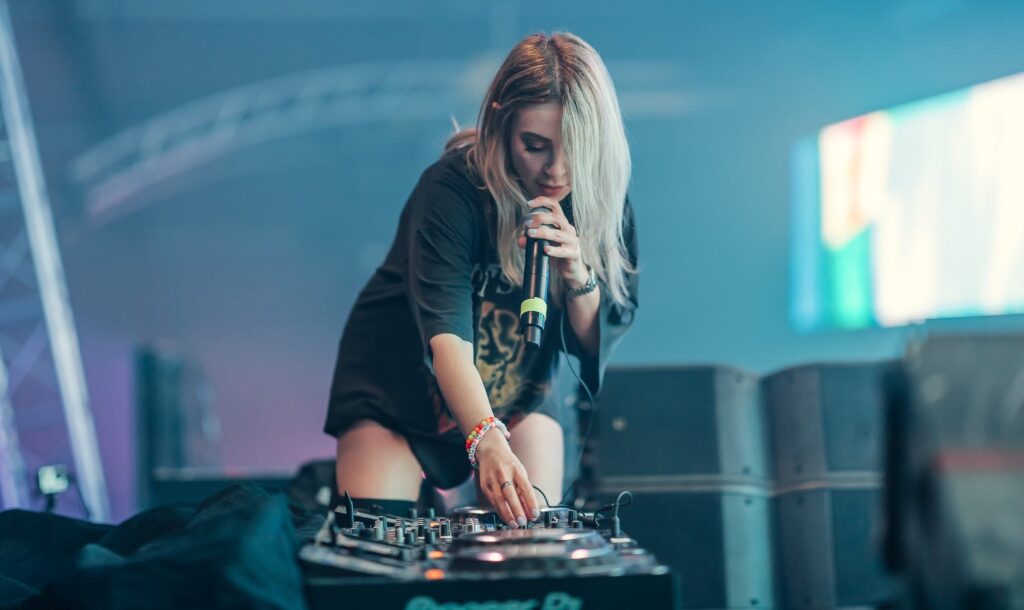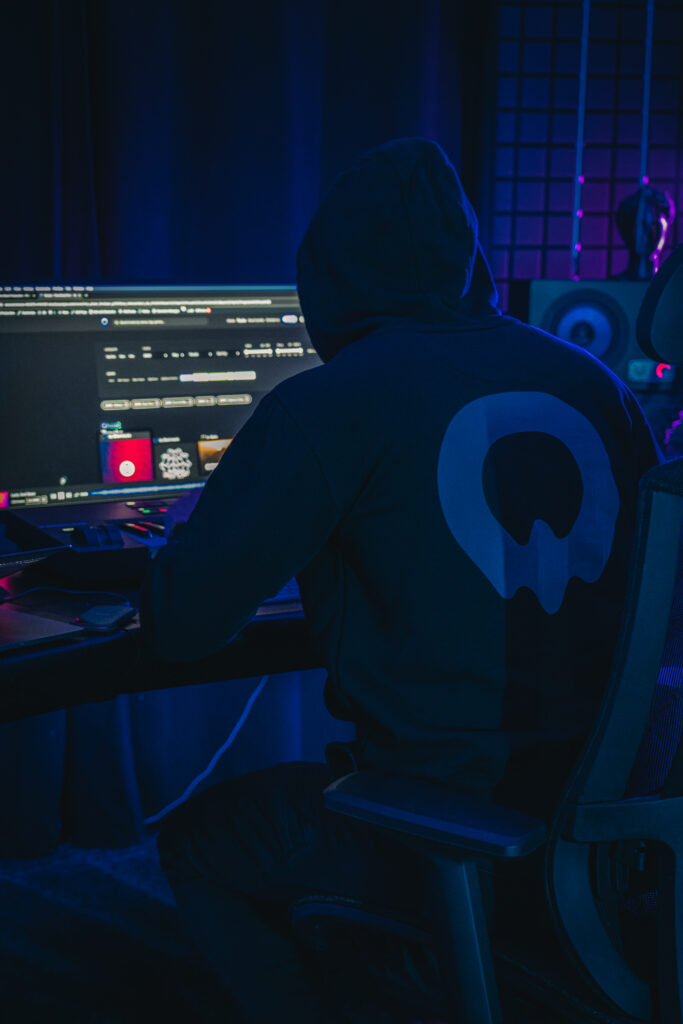Female EDM Artists: Breaking Barriers and Redefining the Genre

In the world of electronic dance music (EDM), women are not just holding their own; they are setting trends, creating iconic anthems, and proving that talent knows no gender. From DJs to producers and vocalists, female artists are shaping the industry with their unique sounds, creativity, and unrelenting passion. This article dives deep into the impact of female EDM artists, highlighting their contributions, challenges, and the future of women in this dynamic genre. The Rise of Female EDM Artists For decades, EDM was perceived as a male-dominated arena, with festivals and lineups featuring overwhelmingly male headliners. However, the tide has been shifting. Female EDM artists have carved out spaces for themselves by embracing innovation and pushing boundaries in a genre that thrives on experimentation. Pioneers like Sister Bliss of Faithless and the iconic Björk have long been blending electronic music with other genres, creating unique and enduring tracks. Their influence paved the way for the current generation of female artists to step forward and own the stage. Top Female EDM Artists to Watch 1. Alison Wonderland Hailing from Australia, Alison Wonderland (Alexandra Sholler) is a DJ, producer, and classically trained cellist. Her high-energy sets and emotionally charged productions, like “Church” and “Run,” have earned her international acclaim. As one of the highest-billed female DJs at major festivals like Coachella, Alison continues to inspire aspiring artists worldwide. 2. Charlotte de Witte Charlotte de Witte is a Belgian techno powerhouse known for her dark, hypnotic beats. Her raw, minimalistic style has gained her a massive following in the techno community. Tracks like “Selected” and her remixes of classics have solidified her reputation as one of the most sought-after artists in the industry. 3. Rezz Rezz (Isabelle Rezazadeh) is a Canadian DJ and producer whose signature eerie, bass-heavy sound sets her apart. Dubbed the “Queen of the Dark Beats,” Rezz has captivated audiences with tracks like “Edge” and her album “Certain Kind of Magic.” Her iconic visual identity and haunting music have made her a festival favorite. 4. NERVO Australian twin sisters Mim and Liv Nervo are a dynamic duo who have conquered the EDM world with their infectious energy and chart-topping tracks. Known for hits like “You’re Gonna Love Again” and “Hold On,” NERVO have also written songs for global pop stars, including David Guetta and Kelly Rowland. 5. Peggy Gou Peggy Gou is a South Korean DJ and producer whose unique blend of house and techno, infused with her vocals, has taken the world by storm. Tracks like “It Makes You Forget (Itgehane)” showcase her ability to combine cultural influences with contemporary electronic music. 6. Anna Lunoe Anna Lunoe is an Australian DJ, vocalist, and producer who has become a prominent figure in the EDM scene. Known for her versatile sets and tracks like “Radioactive,” she has broken barriers as the first female artist to headline major stages like EDC’s main stage. Challenges Faced by Female EDM Artists While the rise of female EDM artists is encouraging, the journey has not been without its hurdles. Gender bias, lack of representation, and limited opportunities have long plagued the industry. However, initiatives and platforms aimed at supporting women in EDM are changing the narrative. 1. Gender Imbalance in Festival Lineups One of the most glaring issues in the EDM world is the underrepresentation of female artists in festival lineups. Despite their talent, women often find themselves overlooked in favor of their male counterparts. Activism and social media campaigns like #TimesUp and #AmplifyHer have brought attention to this disparity, urging organizers to include more diverse acts. 2. Stereotypes and Misconceptions Female DJs and producers frequently face stereotypes, with critics questioning their technical skills or attributing their success to their appearance rather than their talent. Overcoming these biases requires not only resilience but also a supportive community that recognizes and celebrates genuine artistry. 3. Lack of Mentorship Opportunities The EDM industry often lacks structured mentorship programs, which can be particularly challenging for women trying to navigate their way in a male-dominated field. Organizations like SheSaid.So and Femmes Fatales are addressing this by providing resources, workshops, and networking opportunities for aspiring female artists. The Role of Female Vocalists in EDM Female vocalists have played an integral role in EDM’s success, lending their voices to some of the genre’s most iconic tracks. Artists like Emma Hewitt, Ellie Goulding, and Aluna Francis (of AlunaGeorge) have elevated EDM with their emotive and versatile vocal performances. Future of Female Artists in EDM The future looks bright for female EDM artists as they continue to push boundaries and redefine the genre. With increasing support from the industry, fans, and fellow artists, women in EDM are breaking stereotypes and inspiring the next generation. 1. Increasing Representation Initiatives like “Smirnoff Equalizing Music” and “Keychange” are working to achieve gender balance in music festivals and beyond. These efforts, coupled with growing awareness, are helping to create a more inclusive environment for women in EDM. 2. Collaboration and Innovation Female artists are embracing collaboration, both with each other and with male counterparts, to create groundbreaking music. These partnerships showcase the diversity and innovation that women bring to the table. 3. Inspiring the Next Generation Representation matters. As more young girls see women dominating the EDM scene, they are encouraged to pursue careers in music production, DJing, and other facets of the industry. Programs like Girls Make Beats and Women’s Audio Mission are empowering the next generation with tools, training, and mentorship. How Fans Can Support Female EDM Artists Fans play a crucial role in promoting gender equality in EDM. Here are some ways to support female artists: Conclusion Female EDM artists are not just participants in the genre; they are trailblazers, innovators, and icons. Despite the challenges they face, their resilience and talent have reshaped EDM, making it more inclusive and diverse. As fans, industry professionals, and fellow artists rally behind them, the future of female artists in EDM looks promising and inspiring. Let’s continue to celebrate and support these incredible women who are

